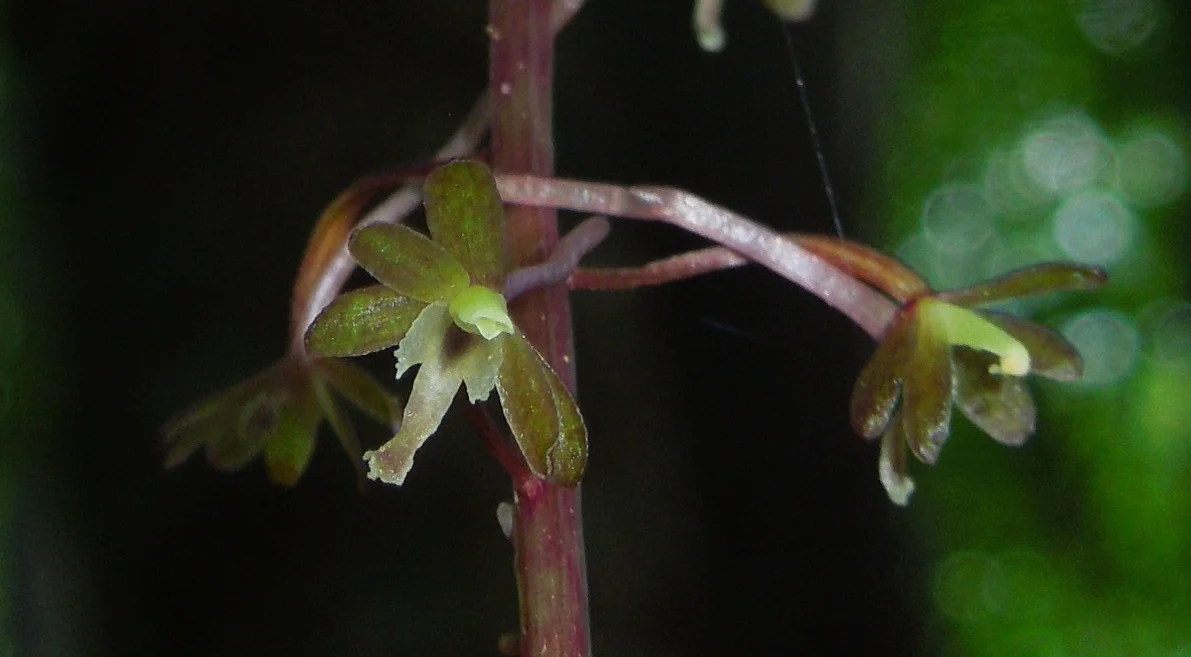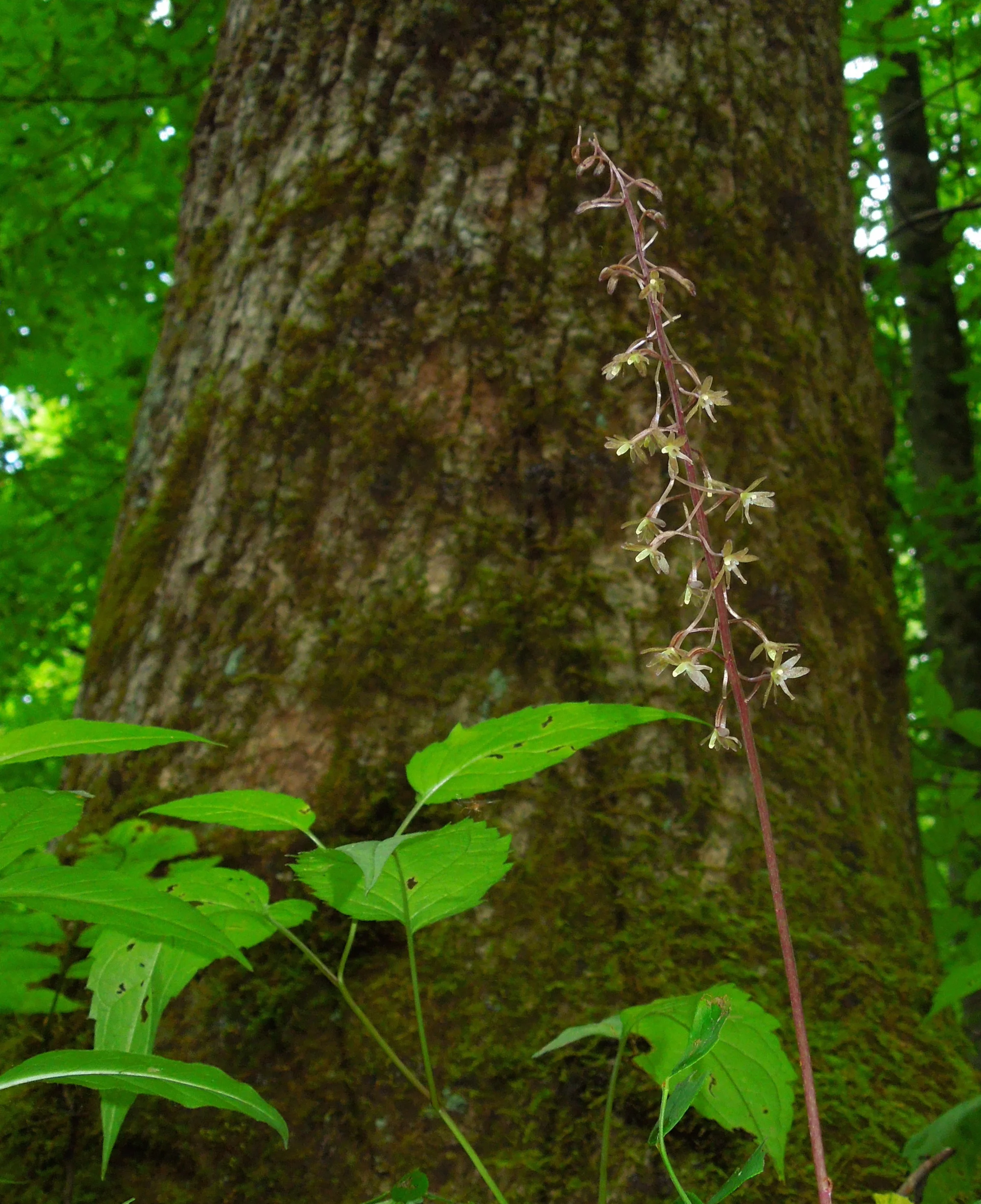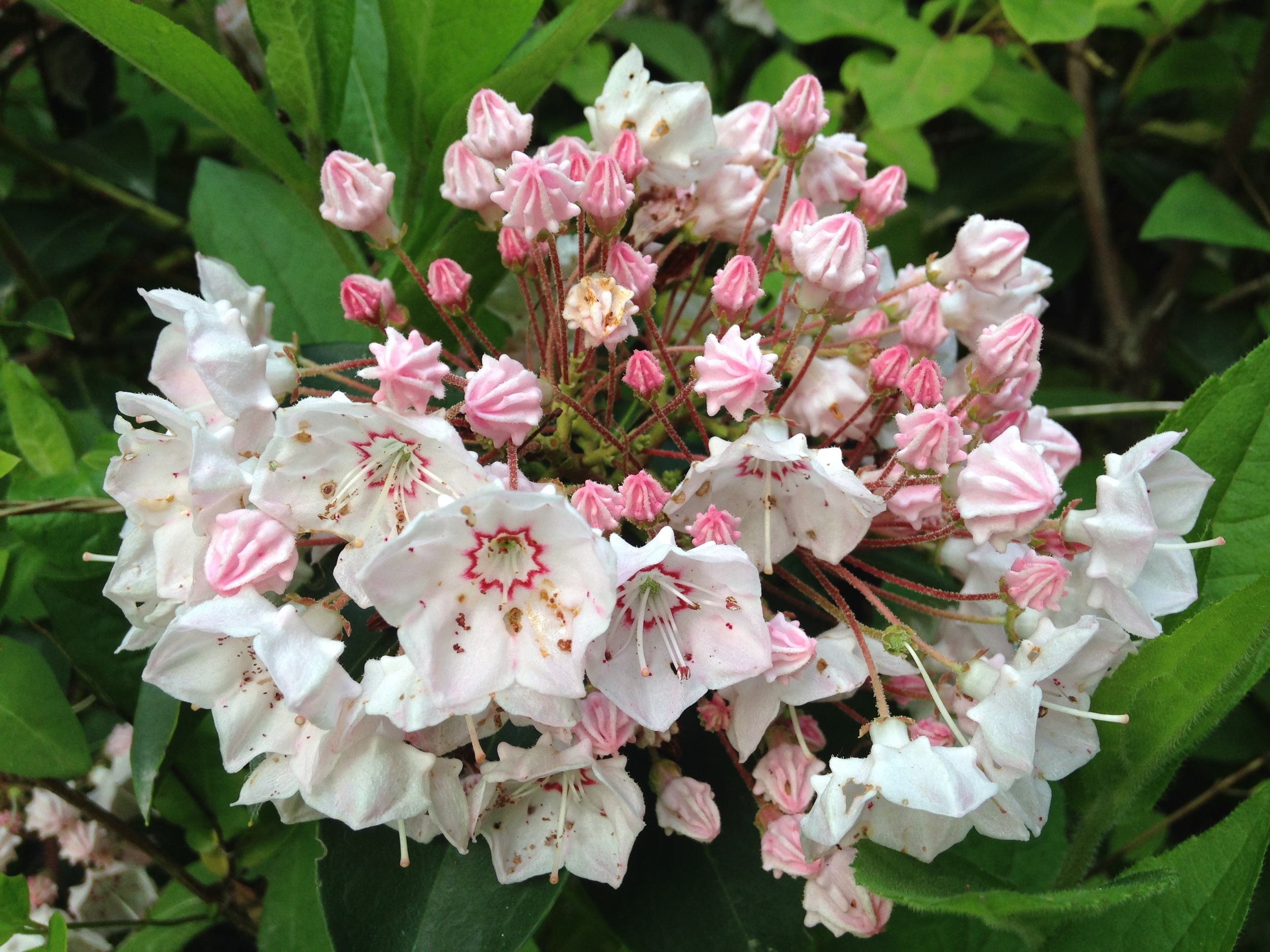Modern day aquatic plants are highly derived organisms. Similar to dolphins and whales, today's aquatic plants did not originate in their watery environment. Instead, they gradually evolved from land plants living close to the water's edge. One of the biggest challenges for fully aquatic plants involves pollination. Many species overcome this hurdle by thrusting their flowers up and out of the water where there are far more pollen vectors. Others rely on water currents and a little bit of chance. For aquatic plants whose flowers open under water, water pollination, or "hydrophily", has long been the only proposed mechanism. Surely aquatic animals could not be involved in aquatic pollination. Well, a newly published study on a species of seagrass known scientifically as Thalassia testudinum suggests otherwise.
Seagrasses are ecological cornerstones in marine environments. They form vast underwater meadows and are considered one of the world's most productive ecosystems. Most seagrasses are clonal. Because of this, sexual reproduction in this group has mostly been overlooked. However, they do produce flowers that are tucked down in among their leaves. The production of flowers coupled with a surprising amount of genetic diversity have led some researchers to take a closer look at their reproduction.
A team of researchers based out of the National Autonomous University of Mexico decided to look at potential pollen vectors in Thalassia testudinum, a dominant seagrass species throughout the Caribbean and western Atlantic regions. T. tetidinum is dioecious, producing male and female flowers are separate plants. Flowers open for short periods of time and males produce pollen in sticky, mucilaginous strands. The research team had noticed that a wonderfully diverse group of aquatic animals visit these flowers during the night and began to wonder if it was possible that at least some of these could be effective pollinators.
Photo by James St. John licensed under CC BY 2.0
The team was up against a bit of a challenge with this idea. A simple visit to a flower doesn't necessarily mean pollination has been achieved. To be an effective pollinator, an animal must a) visit both male and female flowers, b) carry pollen on their bodies, c) effectively transfer that pollen, and d) that pollen transfer must result in fertilization. To quantify all four steps, the team used a series of cameras, aquariums, and natural mesocosm experiments. What they discovered was truly remarkable.
Not only did a diverse array of marine invertebrates visit the flowers during the duration of the study, they also carried pollen, which stuck to their bodies thanks to the thick mucilage. What's more, that pollen was then deposited on the female flowers, which rake up these invertebrates with their tentacle-like stigmas. Finally, pollen deposited on female flowers did in fact result in fertilization. Taken together, these data clearly demonstrate that animal pollinators do in fact exist in aquatic environments. It is likely that these invertebrates are most effective during periods when water movement is minimized. Water currents likely still make up a significant portion of the pollen transfer between individual plants. Still, this evidence changes the paradigm of aquatic pollination in a big way.
Further Reading: [1]
![[SOURCE]](https://images.squarespace-cdn.com/content/v1/544591e6e4b0135285aeb5b6/1477931674122-ZI5O0OLUMUU2ZC81XIY5/image-asset.jpeg)

































